The centre speaker is the unsung hero of any good home cinema system. Between the impressive rumble of the subwoofer, the realistic soundstage created by the two front speakers and immersive effects from the back speakers, the centre gets little attention. Yet this speaker is responsible for making movie dialogue distinct and realistic. From a primal scream to a gentle whisper, a good centre presents all vocalizations naturally and harmoniously.
The following explains what qualities make an exceptional centre speaker for the highest level of home cinema enjoyment.
What does the centre speaker do?
Most people are aware that the centre speaker is responsible for playing back film dialogue. While this is true, it’s not the only thing the middle channel in a classic 5.1 setup is used for. A part of a film’s musical score and certain special effects are also mixed for this channel. Given the spectrum of sounds it produces, the centre needs to meet the same requirements as the two front speakers. That is, it must be able to playback dynamic, clear and distortion-free sound along a wide frequency spectrum.
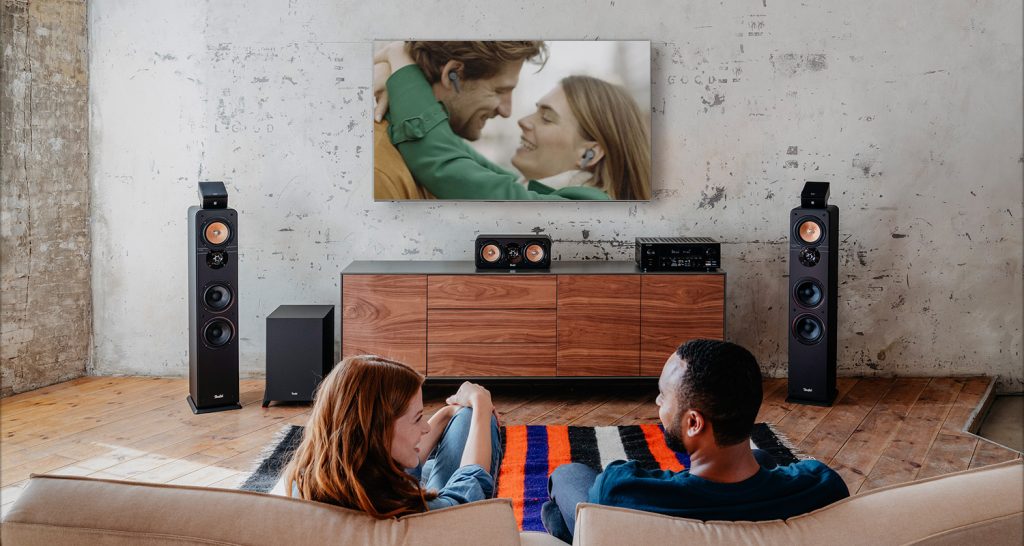 Opens in new tab
Opens in new tabThe centre speaker’s main job of playing back dialogue takes place mostly along the midrange of the frequency spectrum. For men, the fundamental frequency is between 100 and 125 Hz and between 200 and 250 Hz for women. However, while speaking, singing and screaming, the human voice can achieve much higher frequencies. Higher frequencies will also be required of the centre speaker by most film music. In order to cover the entire frequency spectrum, a good centre speaker will be equipped with a 2-way system comprising a tweeter and midrange driver. Some even feature 3-way systems with separate drivers for the treble, midrange and bass.
Particular challenges for the centre speaker
Our ears are trained to perceive speech as coming from a distinct and very specific location. After all, people only open their mouths a few centimetres when they talk. For this reason, the most authentic home cinema experience results when all dialogue comes from a single sound source. In loudspeaker parlance, this means a “point sound source” which is more of an acoustic ideal than something any speaker system can realistically implement. But how do you create this?
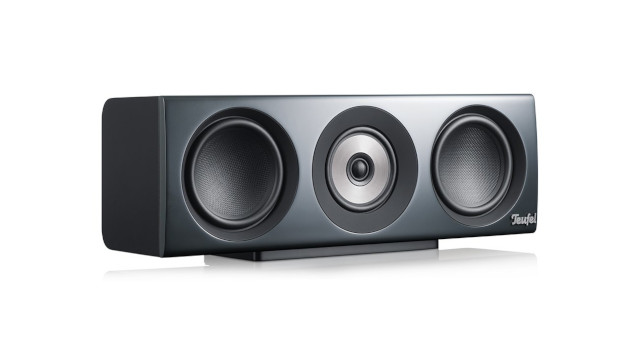
The specific localization required of the centre is the opposite of the effect created by the surround speakers which disperse sound very diffusely throughout the room. For this reason, there is always only one centre speaker in a home cinema system. While it’s possible to create a so-called “phantom centre” over the two front speakers, this won’t normally produce the same naturalness as a single dedicated centre channel. Another way to approximate a point sound source is to use a coaxial driver. Coaxial drivers position a tweeter in front of a midrange or midbass driver so that the sound from both emanates from the same location.
In addition to functioning as a discreet and localizable sound source, the centre speaker needs to be able to disperse its sound over the broadest possible area. This will ensure a generous sweet spot in which all viewers experience the same sound. For this reason, the centre is the one speaker in a surround sound system that’s positioned horizontally, not vertically. Horizontal positioning of a centre also happens to be the most practical option for placing this speaker below a television or mounted to the wall above it. Many centres also employ a D’Appolito driver arrangement. This involves placing a tweeter between two midrange drivers, a configuration which is very conducive to a broad sound dispersion.
The optimal placement of a centre speaker
The name basically says it all: Center speakers should be placed centrally either below or above the display. The two front speakers are best positioned equidistant to the centre. Due to its longer horizontal construction, the centre is fairly easy to accommodate. Note, however, that it should never be placed directly on the ground, but rather at least 40 cm above it. If it is absolutely necessary to place a centre on the ground, the speaker should be angled slightly upwards so that the sound reaches the viewers’ ears.
Get tips on how to set up your system here.
With the 2018 update, we have given Ultima 40 and 20 a general overhaul. In the Ultima 5.1 configuration, the large floor-standing speakers, the small Ultima 20 as rear speakers, and the Ultima Center (UL 40 C Mk3 18) form a home cinema package in a class of its own.
▶ With high-end transducers, phase plug and waveguide, this home cinema orchestra sounds fabulously authentic, differentiated and clean.
▶ For optimum speech intelligibility, we have integrated a high-quality Kevlar midrange driver with a phase plug.
▶ The new Ultima speakers look damn good, and thanks to their high-quality workmanship and thick-walled MDF boards, they can withstand a lot
▶ Flexible installation of Ultima 20 as a rear speaker on a shelf, on a stand or on the wall
Alternatively, you can use the Ultima speakers as a 5.1.2 set for real Atmos 3D sound.
More sets from Teufel:
Coda: The pivotal role played by the centre speaker
- Sound mixed for 7.1 and 5.1 sound contains a discrete channel for the center speaker
- Center speakers are primarily responsible for playing back dialogue but also some film music and sound effects
- Like the two front speakers, the center speaker needs to be able to produce precise playback over a wide frequency spectrum
- In order for voices to sound realistic, it’s important for the centre speaker to produce sound from the smallest possible area
- Centres generally lie horizontally either above or below the display in order to disperse their sound over the widest possible area
- Centre speakers should be ideally placed exactly mid-way between the two front speakers and centred to the display.
- Discover centre speakers for your home cinema setup.
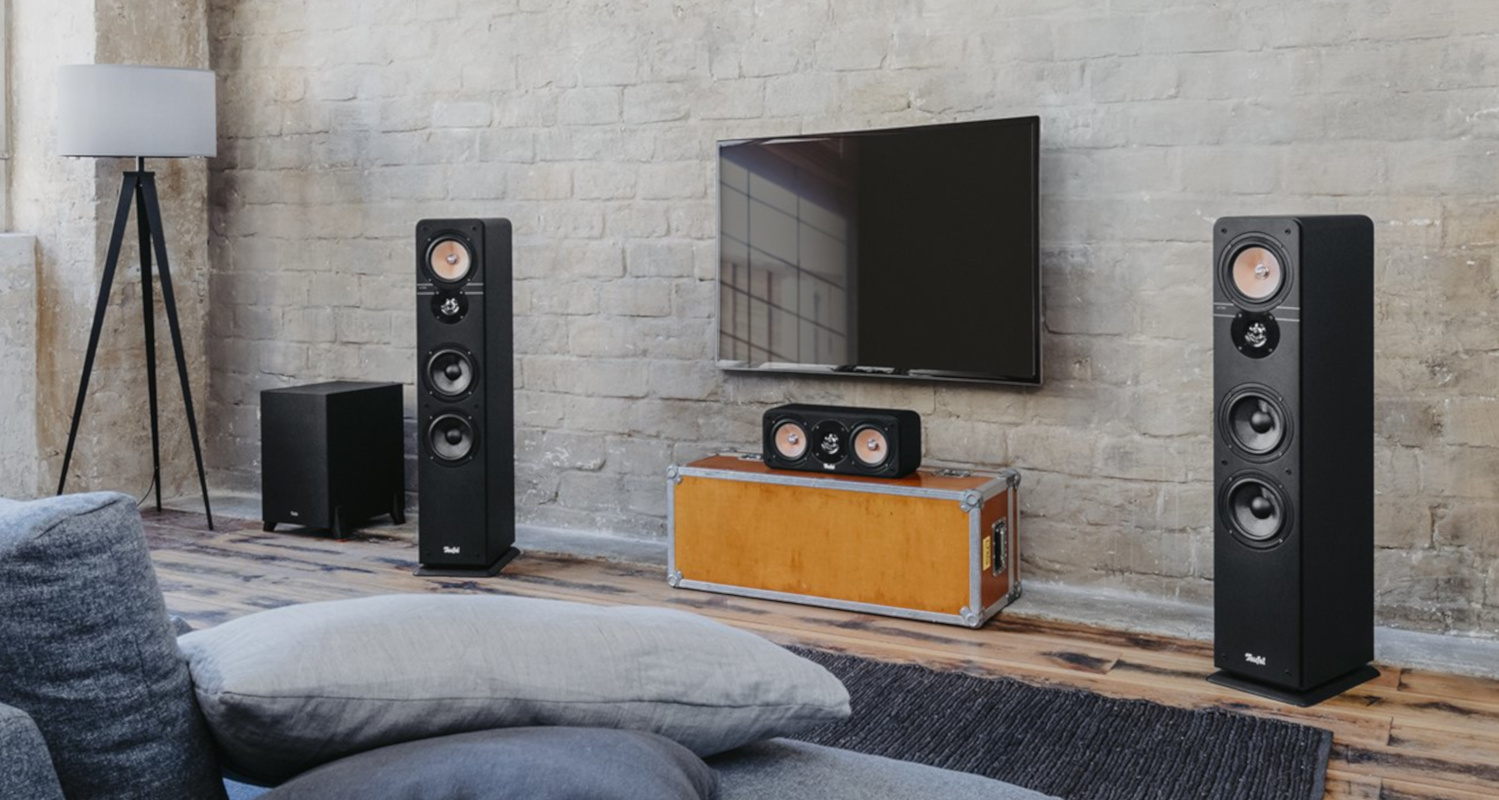


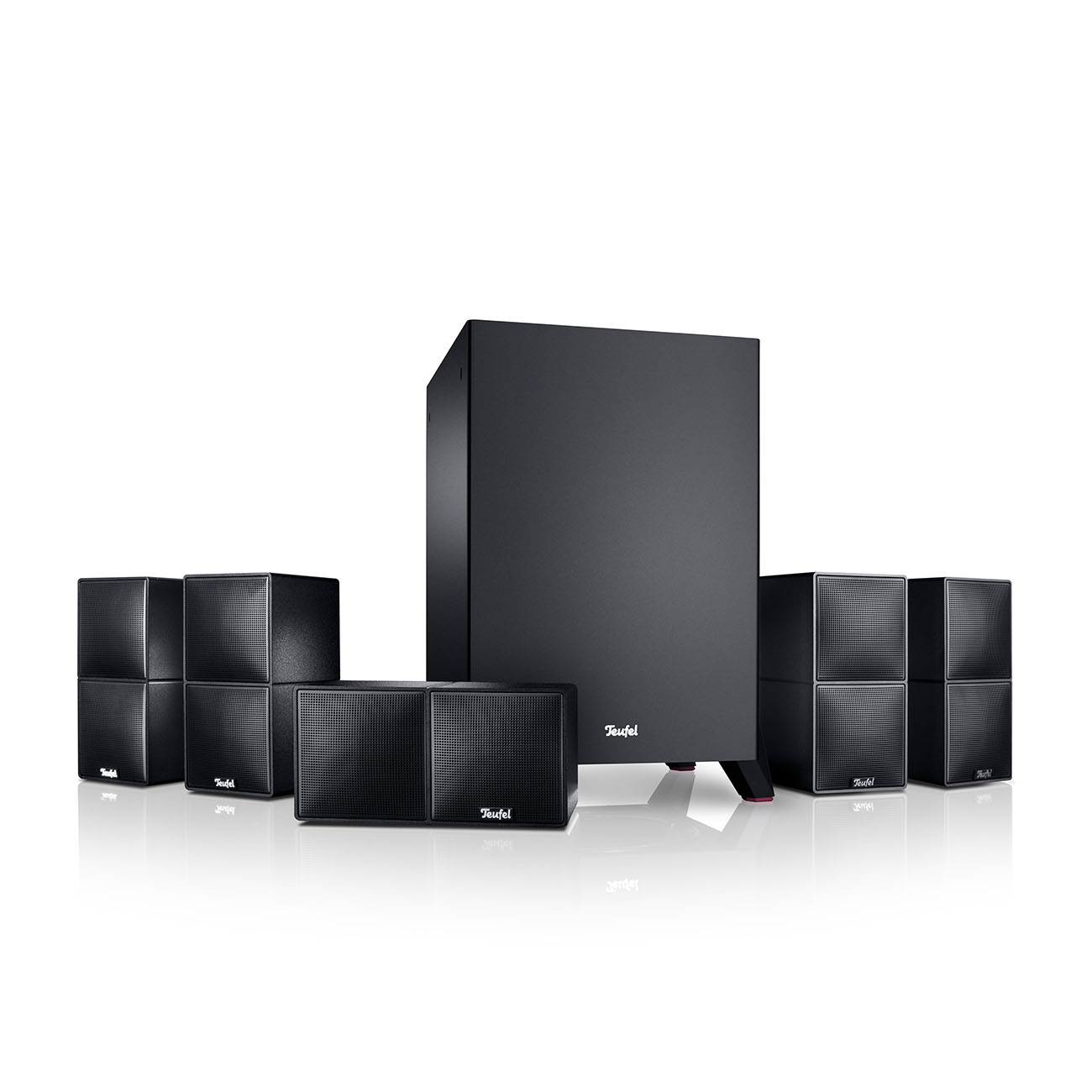
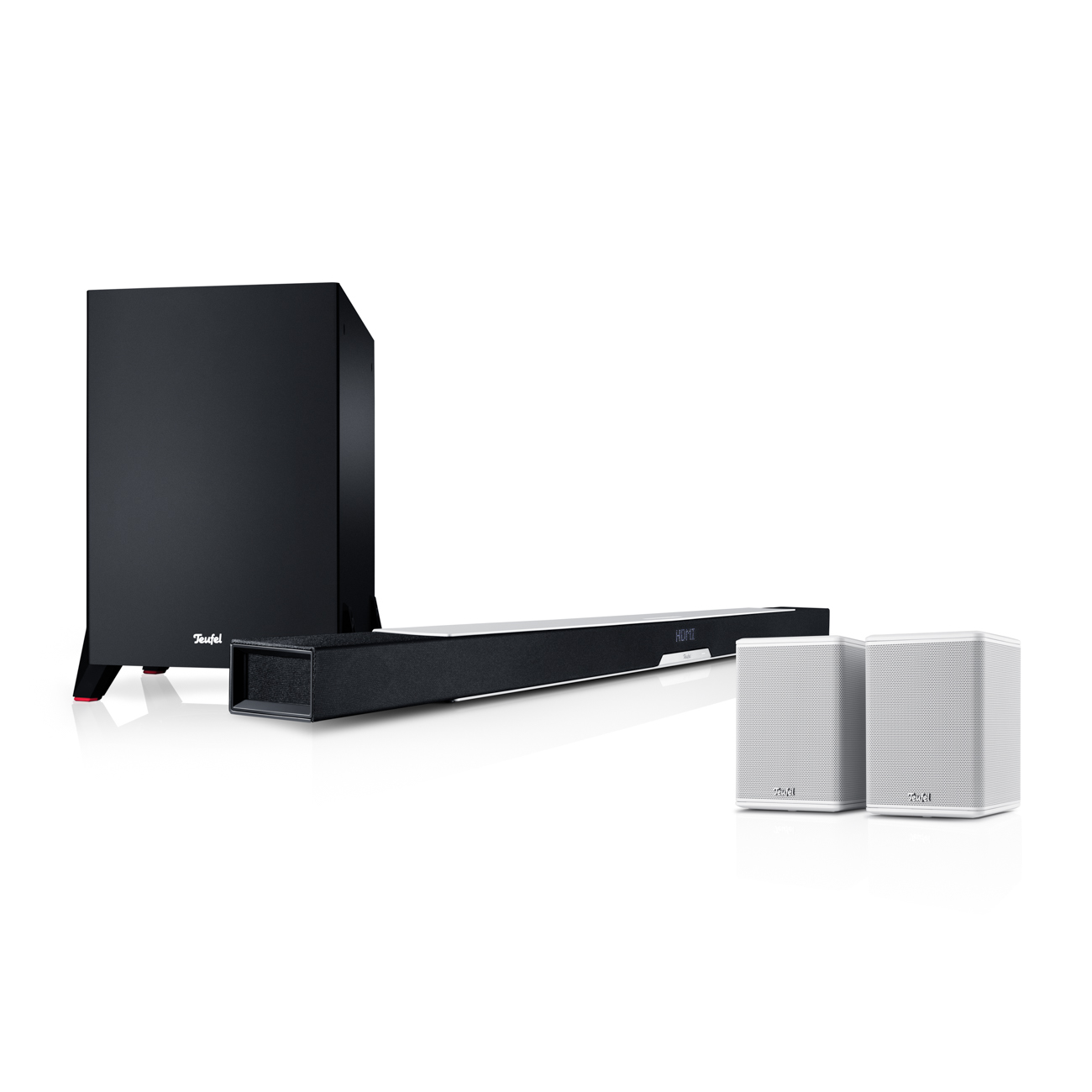
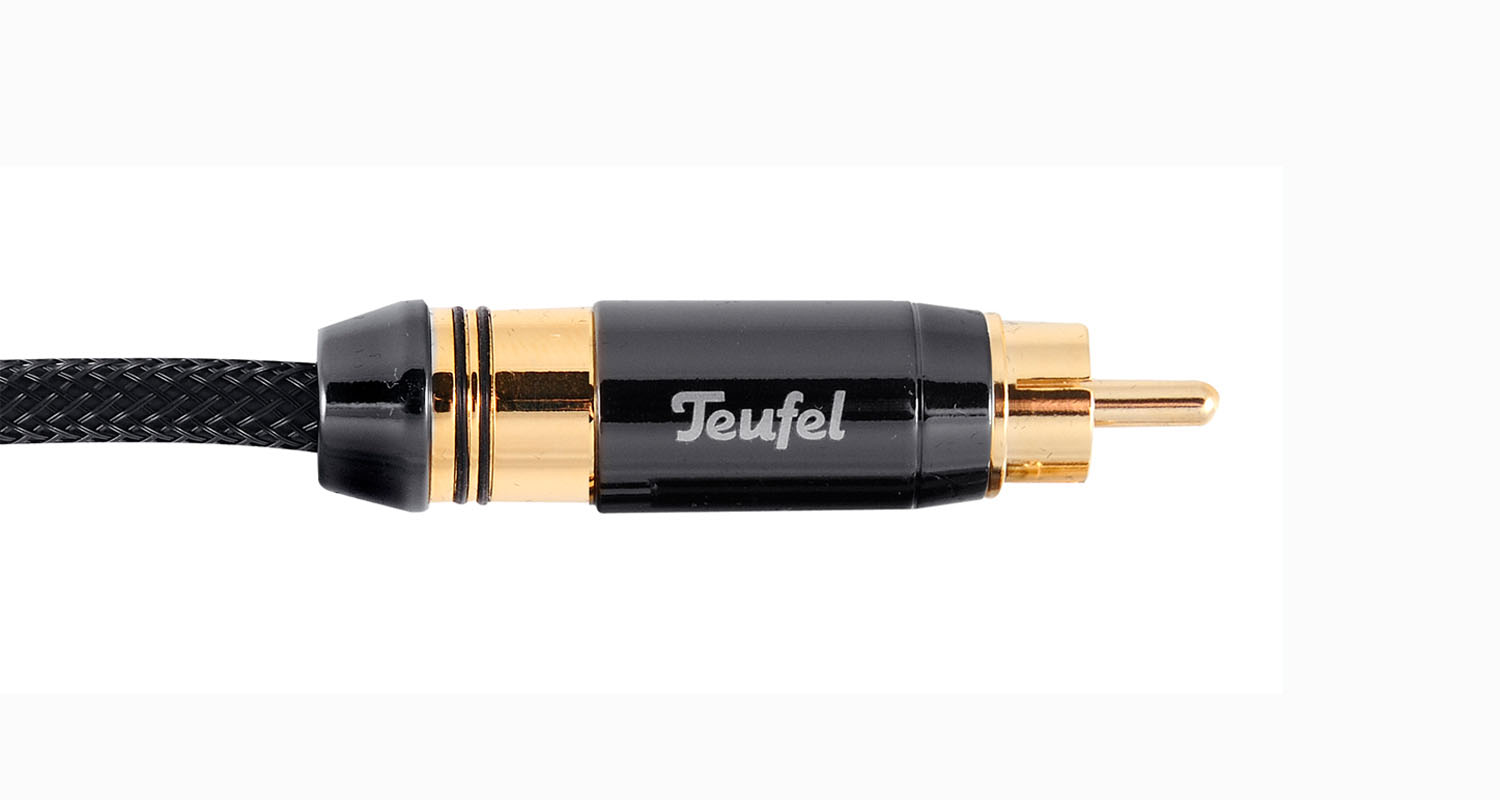
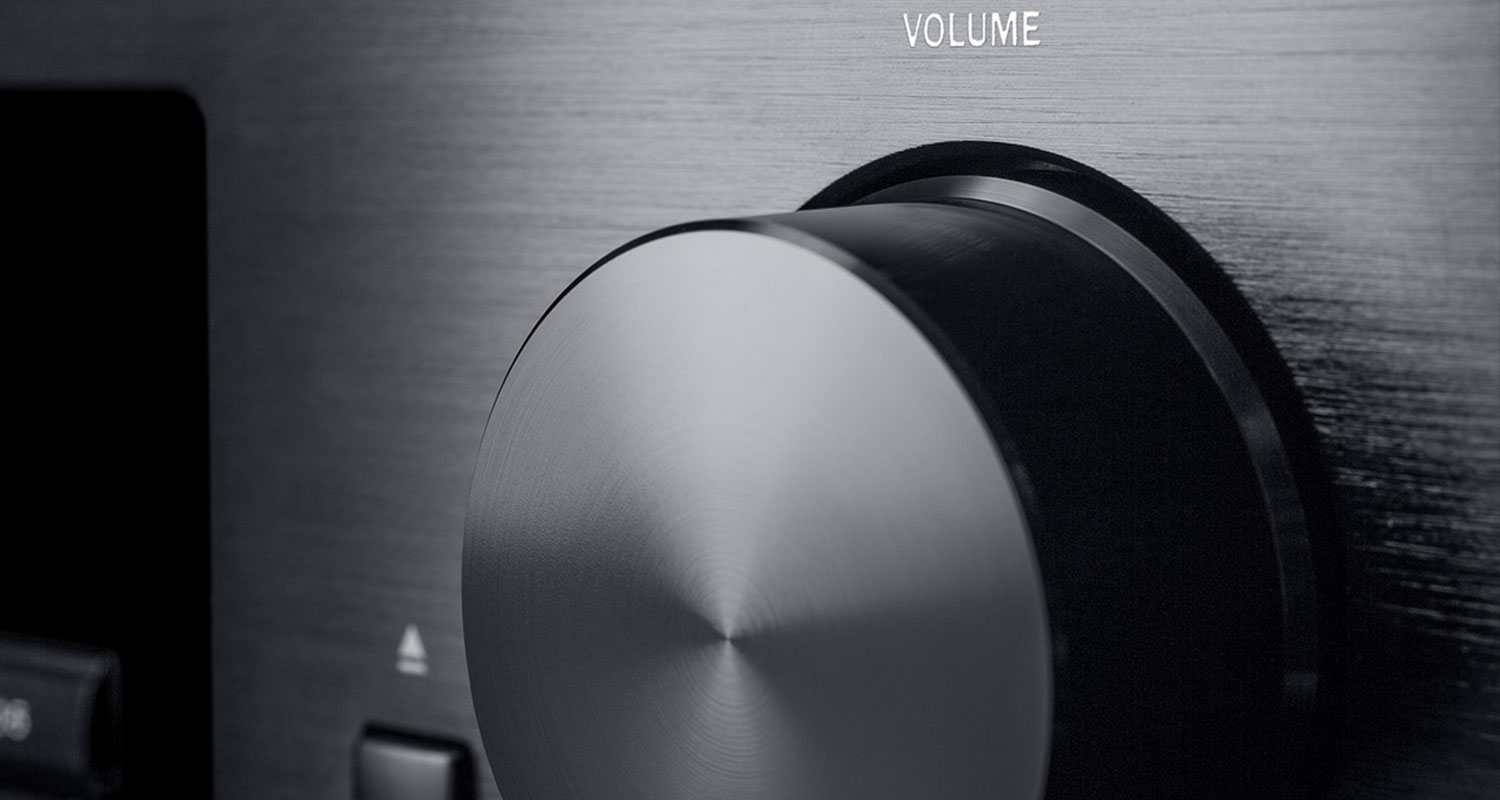
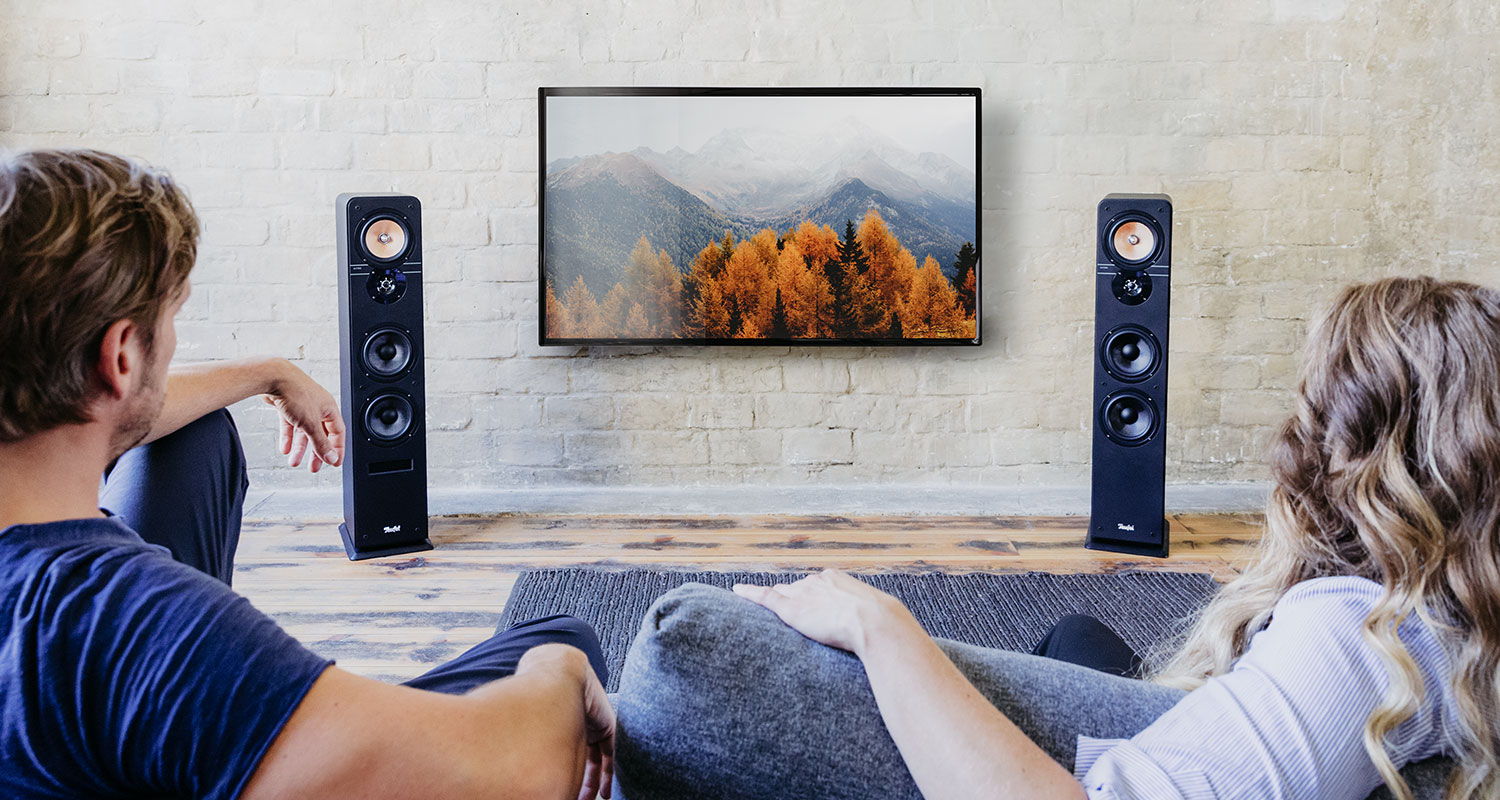
Leave a Reply